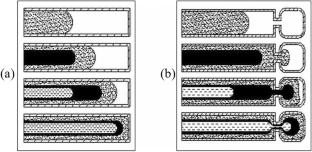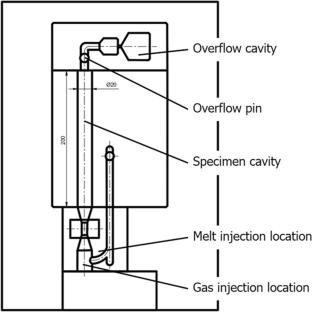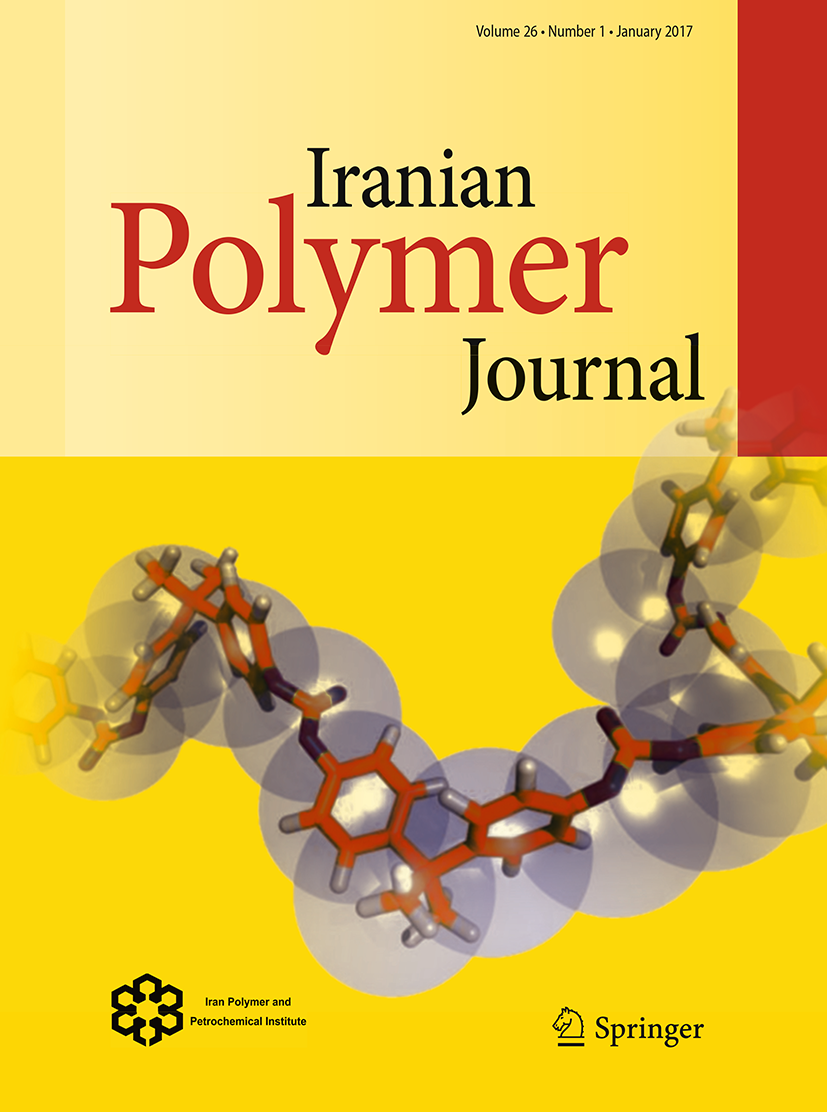Experimental analysis of gas-assisted co-injection molding for complex polymer multilayer circular tubular components
Abstract
Based on the self-built gas-assisted co-injection experimental platform, the gas-assisted co-injection molding experiments were conducted on the cylindrical pipe fittings with cavity sectional diameters of 20 and 30 mm. A UDF model was constructed using CFD software for numerical simulation. The study investigated the influence of melt injection sequence, melt filling methods, and cavity tube diameters on the rheological behavior of inner layer melt penetrating the outer layer melt and the penetration behavior of gas through the inner layer melts. The evolution mechanism was analyzed in conjunction with the flow field effects. The findings revealed that when a higher viscosity melt penetrates a lower viscosity melt, i.e., the injection sequence of PP-HDPE, HDPE tends to squeeze more PP towards the mold wall; and the N2 with the same injection pressure was subjected to increased resistance when the melt with higher viscosity penetrates, intensifying the interface instability between the inner and outer layer melt. The variability and fluctuation in the total residual wall thickness and the residual wall thickness of the outer melt in GACIM samples increased. When the melt-filling method and injection sequence were the same, an increase in the cavity tube diameter decreased the instability of the gas–melt and inner-outer layer melt interfaces. These insights provide technical guidance and references for the sectional design and process parameter adjustment of gas-assisted co-injection molding products.
Graphical abstract



 求助内容:
求助内容: 应助结果提醒方式:
应助结果提醒方式:


